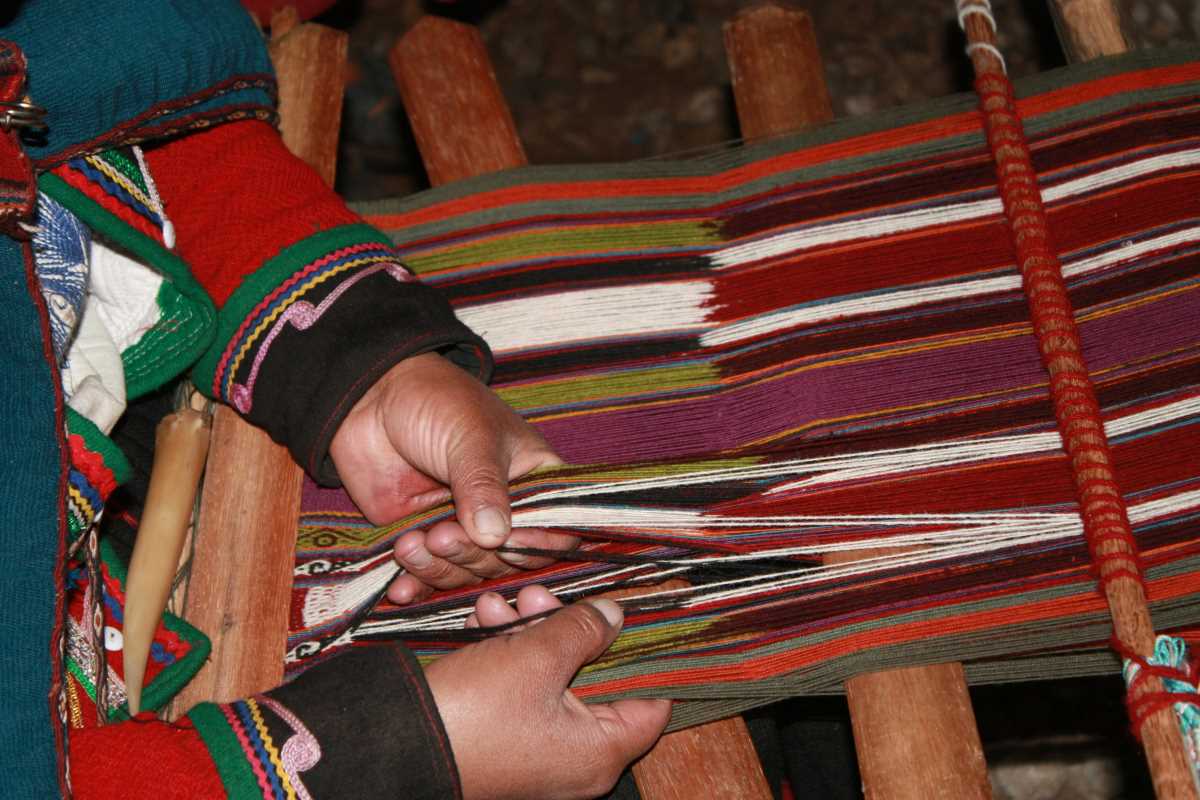Hidden within the bustling streets and vibrant neighborhoods of cities around the world exists a creative movement that operates away from mainstream media: underground zine makers. These passionate individuals create unique publications that capture the essence of urban life, offering raw and authentic narratives that resonate with local communities. Through their handmade creations, zine makers turn everyday experiences into compelling stories, giving a voice to perspectives often overlooked by larger platforms.
The charm of zines lies in their DIY spirit and the personal touch each creator brings. Unlike mass-produced magazines, zines often come from limited resources, allowing for greater creative freedom and authenticity. This grassroots approach builds a strong sense of community among creators and readers alike, making zine culture a vital part of urban storytelling.
The History and Evolution of Zine Culture
- 1930s-1940s: Fans of science fiction and other genres created the origins of zine culture through their fan magazines.
- 1970s: Zine culture flourished within the punk movement, as bands and fans produced fanzines to share news, music reviews, and personal essays.
- 1980s-1990s: The rise of alternative and indie scenes saw zines covering a wide range of topics, including politics, art, and personal narratives.
- 2000s: The advent of digital technology began to influence zine production, though many creators continued to prioritize analog methods.
- 2010s-Present: Zine culture has experienced a resurgence, blending traditional handmade techniques with digital tools to reach broader audiences.
The Role of Zine Makers in Urban Narratives
- Preserving Local Stories: Zine makers document the unique experiences and histories of their communities, ensuring that local narratives do not disappear.
- Building Community Engagement: By providing a platform for diverse voices, zines encourage dialogue and connection among residents.
- Challenging Mainstream Media: Zines offer alternative perspectives that often critique or diverge from dominant narratives in mainstream outlets.
- Encouraging Creative Expression: The open and flexible format of zines allows creators to experiment with different styles and content, promoting artistic innovation.
- Supporting Activism: Many zines serve as tools for advocacy, raising awareness about social issues and mobilizing community action.
Influential Zines
One notable example is Raw Vision, which delves into underground art and culture, showcasing works that challenge conventional norms. Another influential zine is Girl Crush, which explores themes of identity, sexuality, and self-advocacy from a feminist perspective. These publications have not only garnered dedicated readerships but have also inspired countless new creators to join the zine-making scene, each contributing their unique voice to the tapestry of urban storytelling.
Challenges and Opportunities in Zine Creation
Creating an urban zine today comes with its set of hurdles. Limited funding and resources can make production and distribution difficult, while the saturated digital landscape poses challenges for gaining visibility. The time and effort required to produce handmade zines can also be demanding for creators balancing other commitments.
There are also numerous opportunities. Advances in printing technology and online distribution platforms have made it easier to produce and share zines with a wider audience. Collaborative projects and community workshops offer support and create connections among creators. These opportunities enable zine makers to innovate and expand their reach, ensuring that urban stories continue to grow and evolve.
Zine Culture in Urban Storytelling
Looking ahead, zine culture is set to adapt and grow alongside technological advancements while maintaining its core values of authenticity and community. Digital zines may become more prevalent, providing new ways to integrate multimedia elements into traditional formats. At the same time, the tactile nature of print zines will likely remain a cherished aspect, offering a tangible connection to the stories they contain.
As urban environments continue to change, zine makers will play a crucial role in capturing and reflecting these transformations. Their ability to respond quickly to emerging trends and issues ensures that zines will remain a dynamic and relevant medium for urban storytelling. The blend of tradition and innovation will likely drive the next wave of zine creativity, keeping the movement vibrant and influential.
Zine culture stands as a testament to the power of grassroots creativity in shaping urban narratives. Despite the challenges faced by underground creators, the passion and dedication of zine makers ensure that unique urban stories continue to be told, celebrated, and preserved for future generations.






.jpg)
